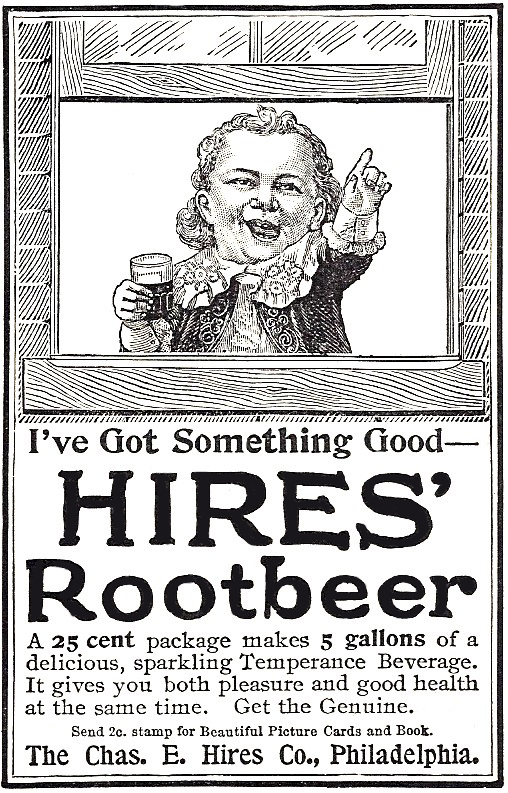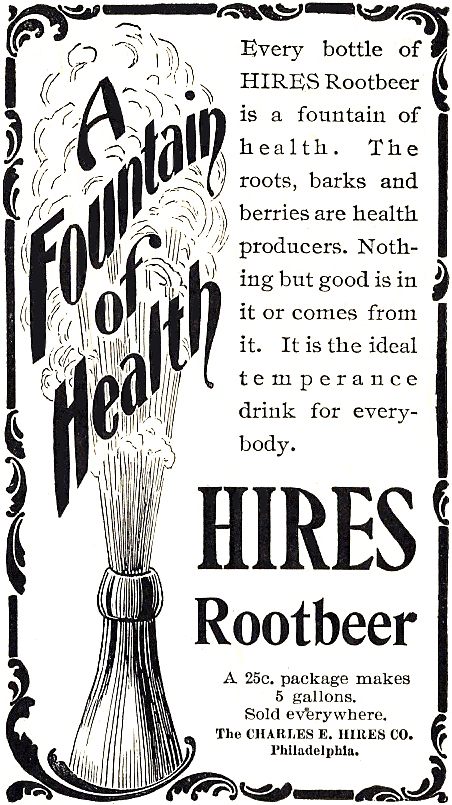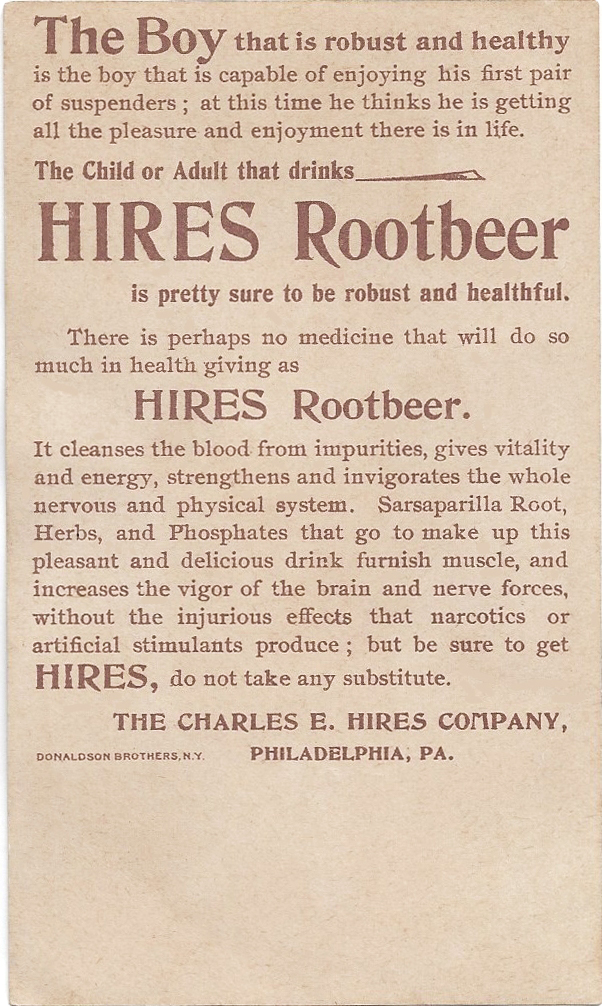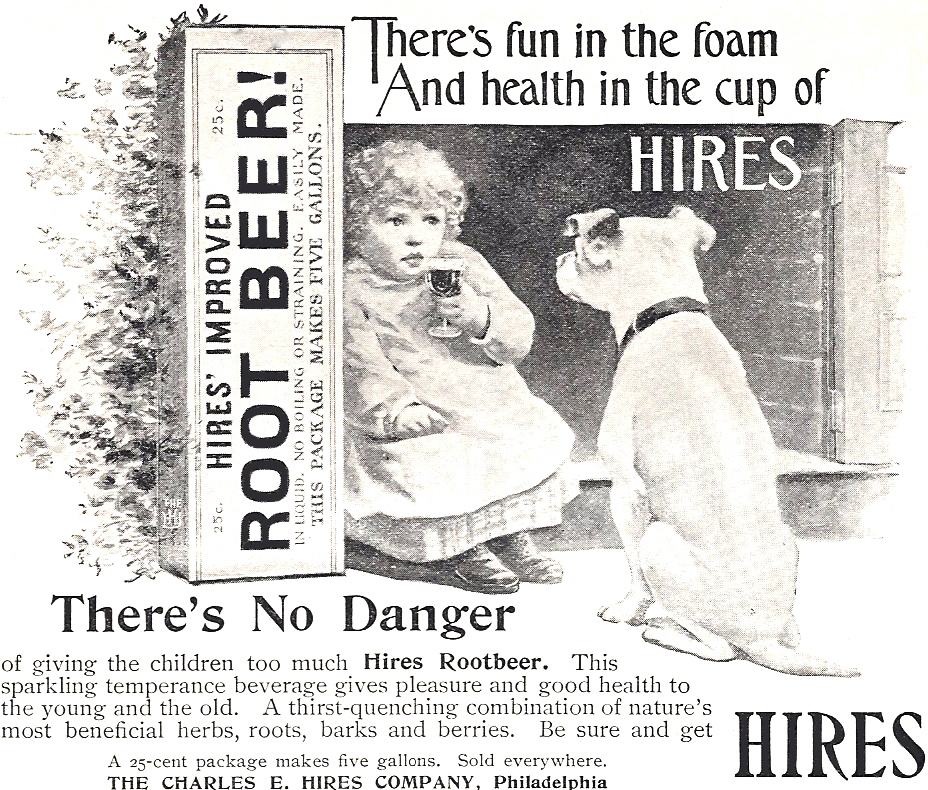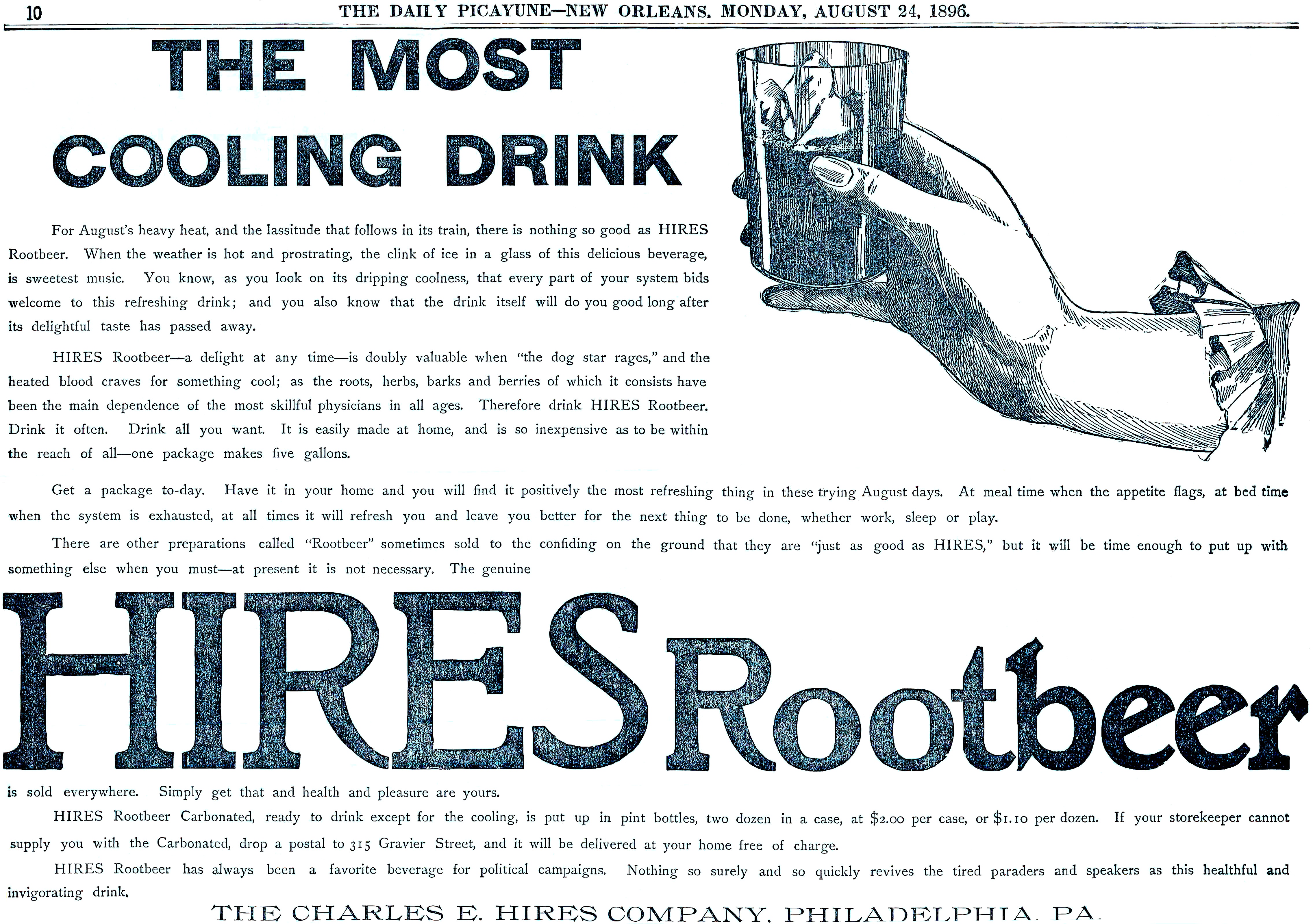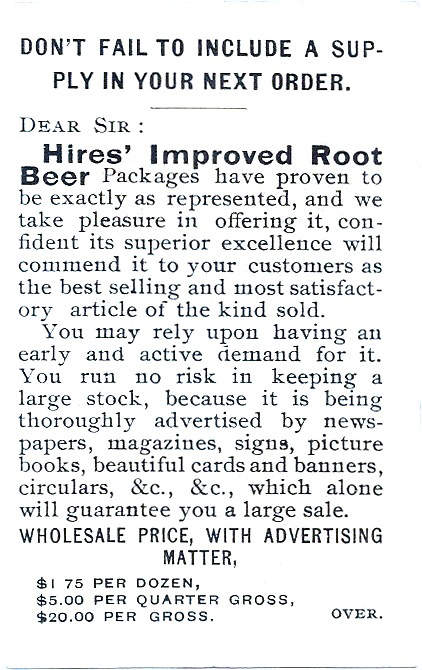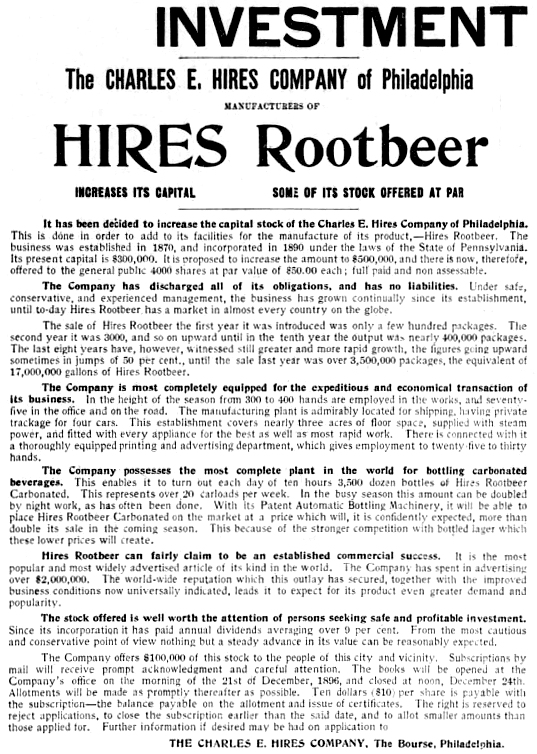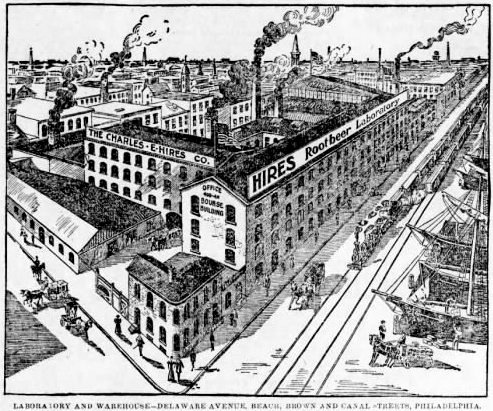1896
IT HAPPENED IN…1896
Utah was admitted to the Union as the 45th
state.
The Supreme Court ruled states could provide
black citizens “separate but equal” public education,
transportation, and accommodations.
Southern blacks were forced to sit in special sections of
railroad cars and theater balconies, and to stay away from white
only restrooms, fountains, schools, hospitals, and recreational
facilities. Prejudices
against Irish, Italian, and Jewish immigrants were widespread.
After a hard fought campaign William McKinley was
elected President.
Rural free postal delivery was established.
William Ashley “Billy” Sunday preached Bible
fundamentalism promoting prohibition.
Gold was discovered on the Klondike River in the
Yukon Territory of northwest Canada.
Leo Hirshfield introduced Tootsie Rolls, named
for his daughter, Clara, who was nicknamed “Tootsie.”
Boxes of Cracker Jack were first sold.
Adolph Busch introduced Michelob Beer as a
premium brand at his St. Louis brewery.
Assembly of the first Ford automobile was
completed by Henry Ford and his associates.
The Duryea Motor Company manufactured the first
cars built for commercial sale.
The Monarch Bicycle Company sold 50,000 bicycles,
up from the 1,200 they sold in 1893.
Newspapers added more entertaining material to
increase circulation and advertising revenue.
In
early 1896 Hires produced triangular wooden pencils reading “Hires
Rootbeer,” “17,659,620 GALLONS DRANK IN 1895,” and “MORNING, NOON AND
NIGHT, GOOD ALL THE TIME:”
(Figure 1896-01, triangular
wooden pencil)
This image of the Hires Boy standing in an open window holding a glass of Hires Root Beer is an updated version of a similar magazine advertisement published in the July 1894 issue of Scribner’s magazine.
(Figure 1896-02, The Century magazine)
This envelope was mailed from Philadelphia, Pennsylvania to Amherstburg, Ontario, Canada on June 3, 1896.
(Figure 1896-02.5, Hires envelope postmarked June 3, 1896)
Two very similar versions of the “A Fountain of
Health” magazine advertisement were produced.
This first version was placed in
The Ladies’ Home Journal and
Puck’s. The second version
ran in Scribner’s Magazine
Advertiser and St. Nicholas.
(Figure 1896-03,
The Ladies’ Home
Journal and
Puck’s,
June 1896)
The Century
magazine was once the most widely circulated U.S. periodical.
The straw hat boy image and the “HIRES’ ROOT BEER” headline from
the June 20, 1895 issue of The
Youth’s Companion magazine were reused for this advertisement.
(Figure 1896-04,
The Century,
June 1896)
Donaldson Brothers Lithographers produced this tremendously popular “His First Suspenders” trade card for Hires.
(Figure 1896-05, “His First
Suspenders” trade card, front, 5.0” x 3.0”)
(Figure 1896-05, “His First
Suspenders” trade card, back, 5.0” x 3.0”)
(Figure
1896-06, The
Ladies’ Home Journal, July 1896)
Hires’ Improved Root Beer was the company’s primary focus, but they also sold other products. Hires’ location was listed as “The Bourse” for the following advertisement. Per Wikipedia:
The Philadelphia Bourse
was a
commodities exchange founded in 1891 by George E. Bartol, a
grain and commodities exporter, who modeled it after the
Bourse in
Hamburg, Germany. The
steel-framed building – one of the first to be constructed –
was built from 1893 to 1895…Upon his return from a European trip in
1890, Bartol organized the Philadelphia business community.
He asked each new member to
pledge $1,000 to the project. The
Bourse motto was "Buy, Sell, Ship via Philadelphia."
(Figure 1896-07, Confectioner’s Journal, August 1896, 15.0” x 15.0”)
The small type in the following half page, 11.0" x 16.0" newspaper advertisement is challenging to read, so click the image to view a larger, readable version.
(Figure 1896-08, The Daily Picayune, New Orleans, Louisiana, August 24, 1896)
Wholesalers also utilized stock trade cards, including this pair featuring young ladies on the front, and Hires offers at wholesale prices on the back. The backs of these two cards are identical.
(Figure 1896-09, trade card, front, 3.25” x 2.0”)
(Figure 1896-10, trade card, front, 3.25” x 2.0”)
(Figures 1896-09 and 1896-10, trade cards,
back)
The original paper labels pasted onto this dark green, blob top bottle are long gone, but a Hutter Improved Lightning Stopper (patented June 6, 1896) remains attached, identifying the bottle as once containing Hires’ Improved Root Beer.
(Figure 1896-11, bottle, 9.75” tall)
This 1896 advertisement would be reused for
The Century Illustrated (Scribner’s
new name) in May 1897 and
American Monthly magazines in July 1897.
(Figure 1896-12, Scribner’s Magazine Advertiser)
U.S. economic recovery from the financial Panic of 1893 was well underway when Hires decided to fund expansion of their facilities via a $200,000 public stock offering.
(Figure 1896-13, The Philadelphia Times, December 17, 1896)
The same public stock offering announcement ran again the next day with a headline updated to read "A PROFITABLE INVESTMENT" along with this illustration depicting Hires' "LABORATORY AND WAREHOUSE -- DELAWARE AVENUE, BEACH, BROWN AND CANAL STREETS, PHILADLEPHIA." Note the horse drawn wagons, railroad train and tracks, and several ships at anchor.
(Figure 1896-14, The Philadelphia Times, December 18, 1896)

